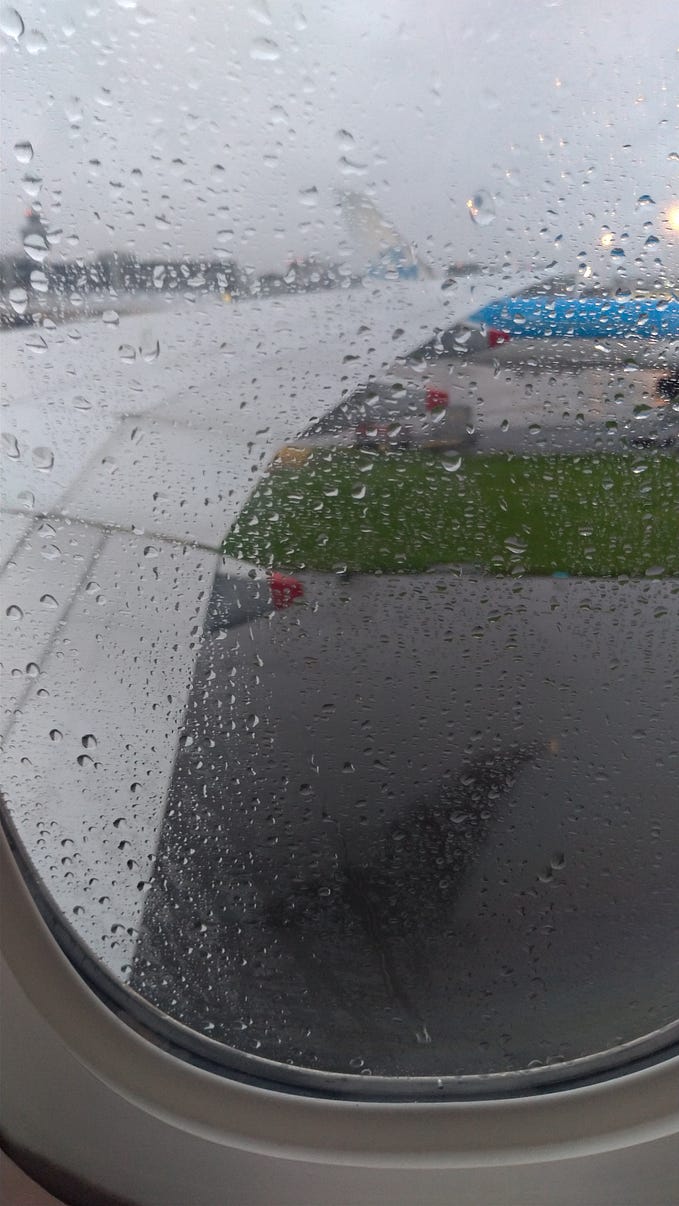Fighting Space Cancer
There are more than 2,000 satellites orbiting the Earth right now. That number could quintuple in the next decade as space becomes more crowded with government and commercial spacecrafts.
Satellites contribute to critical science and technology priorities — like GPS imaging, weather forecasting, internet, and military applications — while being deployed in one of the most hostile environments.
How then can we prevent costly satellite failures where space dust, radiation, or any number of hazards could disrupt operations?
This is the question RS21 addressed in the Hyperspace Challenge, a business accelerator run by the Air Force Research Laboratory and CNM Ingenuity for the U.S. Space Force. Our solution leverages machine learning and precision oncology techniques to predict satellite system failures and provide operators with advance warning.
Read more about RS21’s first place solution in Hyperspace Challenge Announces 2020 Cohort Winners.
Adopting State-of-the-Art Machine Learning for Space Vehicles
When satellites encounter a hazard, they begin a failure hierarchy that eventually results in a “safe mode” state. Safe mode turns off many functions, interrupts missions, and results in costly down time.
Fault detection and prediction is critical to giving operators prior warning so they can intervene before a failure occurs.
A generalizable solution to providing fault prediction has been difficult, however, due to a few reasons:
- The variety of sensors, components, and hardware on satellites
- The variety of data collected and produced by satellites
- And a lack of autonomous technology solutions capable of identifying or mitigating system faults
RS21’s solution to preventing satellite failures is to apply survival analysis — or more generally, a time to failure analysis — to predict the chance a platform or component might experience a fault or “safe mode” response within a given timeframe.

Survival Analysis for Satellites
Survival analysis is a technique pioneered in precision oncology that evaluates a patient’s clinical data (such as age, symptoms, and medical records) and monitors the chance of a positive outcome. When probabilities begin to shift in a negative direction, it acts as a red flag, notifying healthcare providers that an intervention is needed.

We applied these same predictive methods to satellites.
By treating each satellite as a unique patient, we can train neural networks to encode all the information about a specific satellite and predict the chance of a system failure, giving operators time to intervene.
This solution is particularly well suited to this problem because individual satellites are unique, have many different data points, and require individualized predictive models.
To demonstrate this solution, we simulated satellites based on data from NASA’s Prognostics Data Repository. From these simulated platforms, we trained neural networks to read telemetry, sensor, and equipment data to produce survival curves.
We tuned our models to minimize false negatives without increasing false positive cases. In over 40,000 simulated scenarios, our models had the very low false negative rate of only six hundredths of a percent.

DIGITAL TWIN TECHNOLOGY
We cannot easily observe satellites in orbit, so we must rely on the real-time digital stream of data to serve as a proxy for the state of the system — a digital twin.
Satellites continuously generate streams of data — such as ephemeris data, which captures information about where a satellite is located, and control moment gyroscope data, which provides information on the attitude, or orientation, of the satellite. This data is relayed back to ground control stations, creating a rich repository of telemetry data for a fleet of satellites.
This provides a goldmine of information with which to apply state-of-the-art AI and machine learning methods to make highly accurate predictions for the probability of satellite failure.
While most digital twin implementations rely on computationally intensive physics-based simulations, our approach uses pre-trained AI models to make predictions faster on lighter hardware. Our lightweight application can be deployed to assist operators with faster decision-making, or it can be integrated with autonomous control systems to flag or mitigate issues.
Autonomous technology solutions like this will help transform what we can do in space as satellites move farther away from Earth and communications with on-the-ground-operators are delayed.
SAFEGUARDING KEY INFRASTRUCTURE
Our AI and machine learning technique is capable of accurately predicting costly, disruptive failures of critical satellite platforms before they occur. This gives on-the-ground operators valuable time to intervene and ensure platforms remain operational.
In addition to safeguarding satellites, the predictive capability has applications across space missions and for other essential terrestrial and aerial systems deployed by the government and commercial sectors.
As a lightweight, pre-trained AI application, our digital twin technology can also be used on key infrastructure for utility companies, advanced manufacturing, and fleet operations to predict failures and prevent disruptions.
AI and machine learning solutions will be critical as more advanced systems, in space and on the ground, require reliable, trusted autonomous platforms for better, efficient operations.
About RS21
RS21 is a rapidly growing, global data science company that uses artificial intelligence, design, and modern software development methods to empower organizations to make data-driven decisions that positively impact the world. Our innovative solutions are insightful, intuitive, inspiring, and intellectually honest. With offices in Albuquerque, NM and Washington, DC, RS21 is an Inc. 500 fastest-growing company and a Fast Company Best Workplace for Innovators.
We navigate complex data issues in the fields of infrastructure resilience, healthcare, disaster preparedness, supply chain management, community safety, and security and cybersecurity. For more information, visit www.rs21.io.






